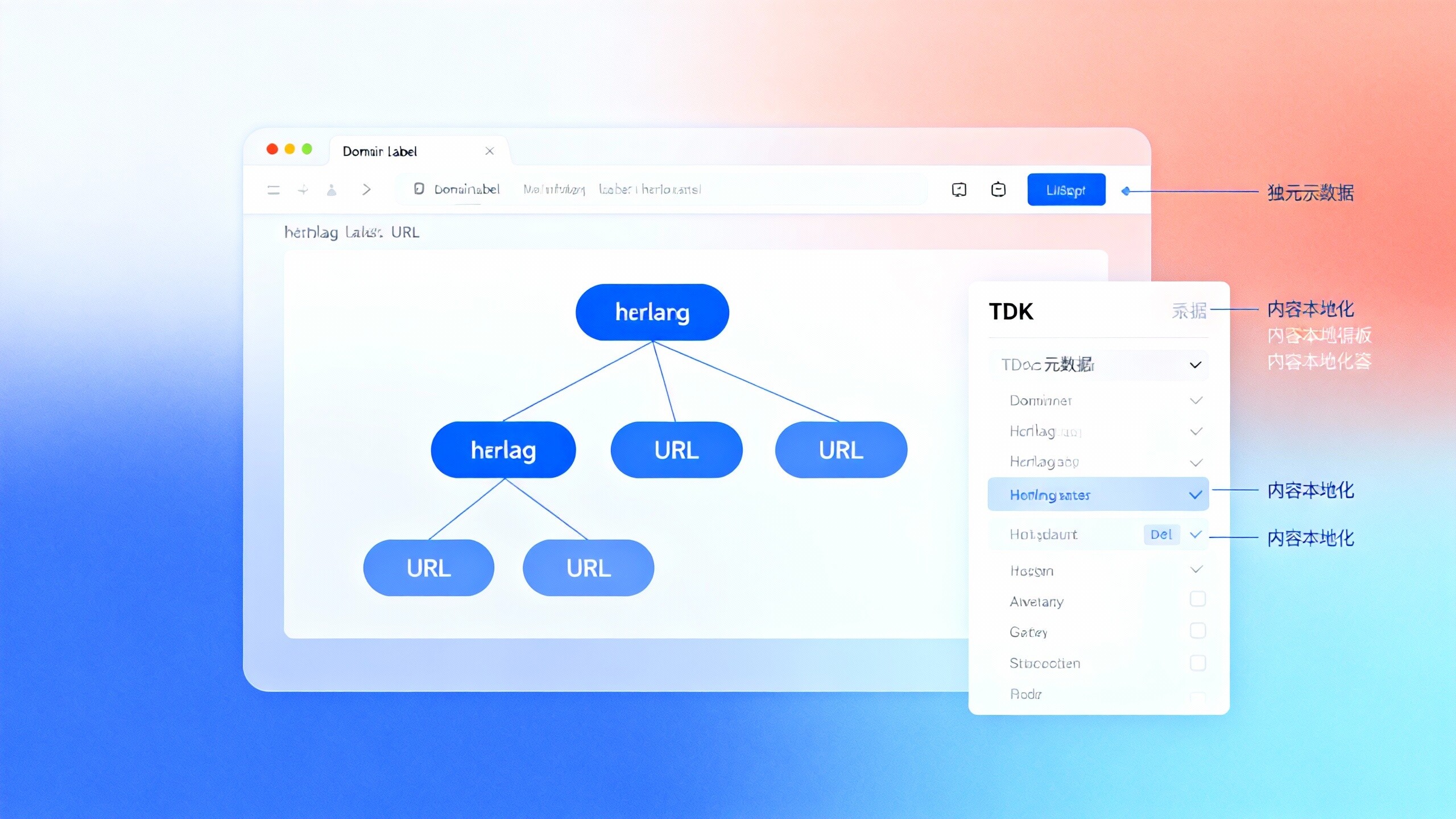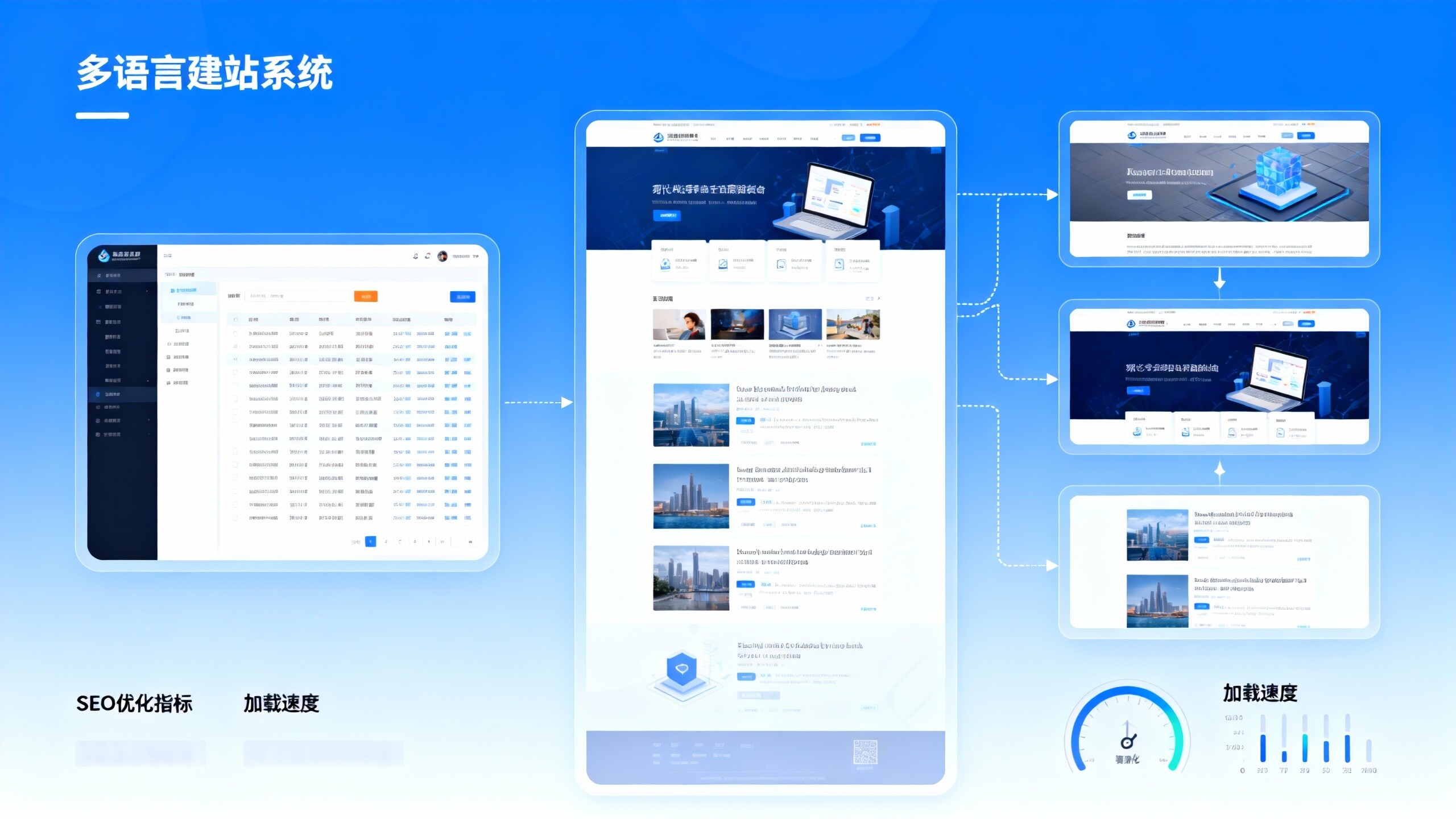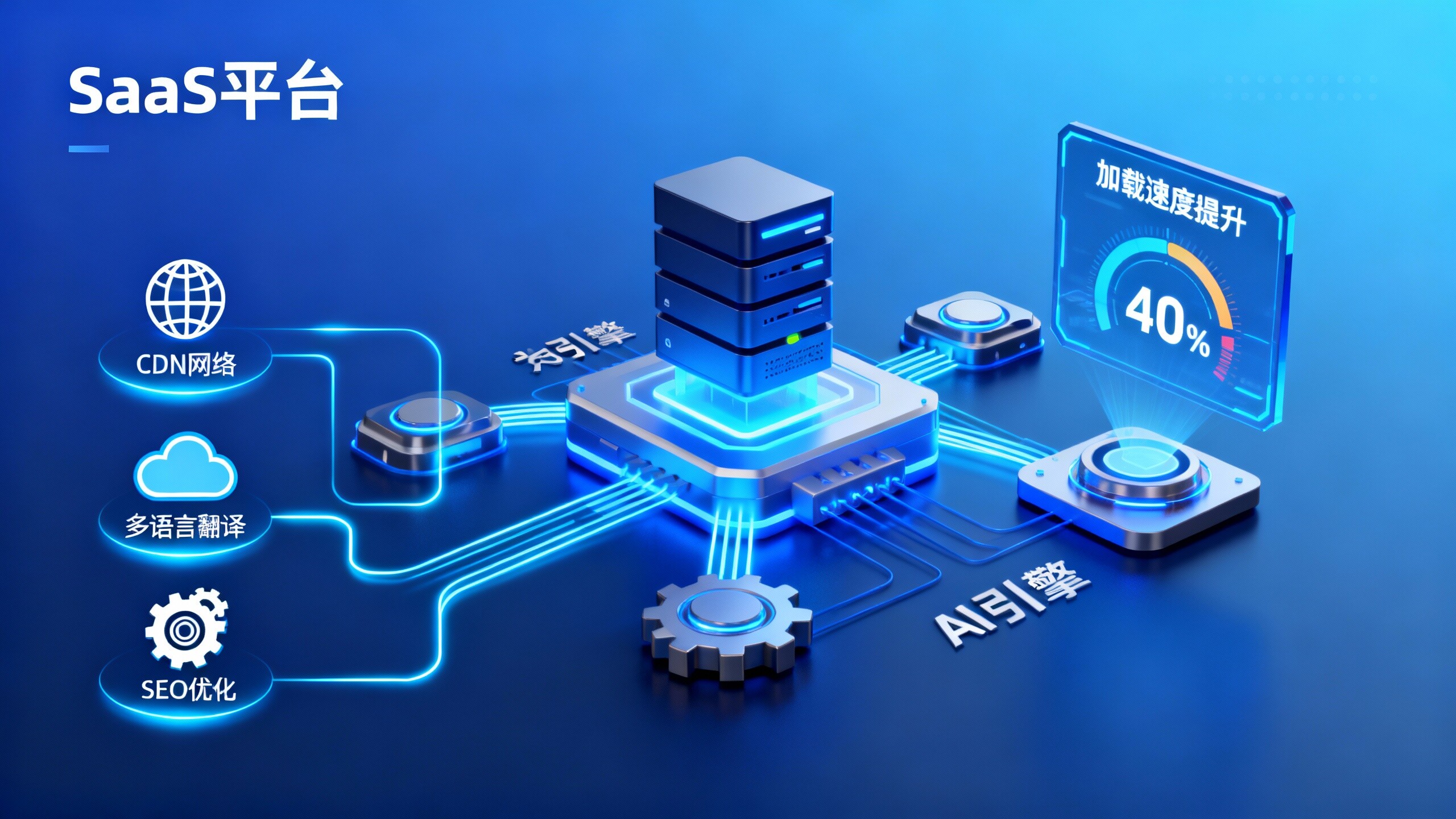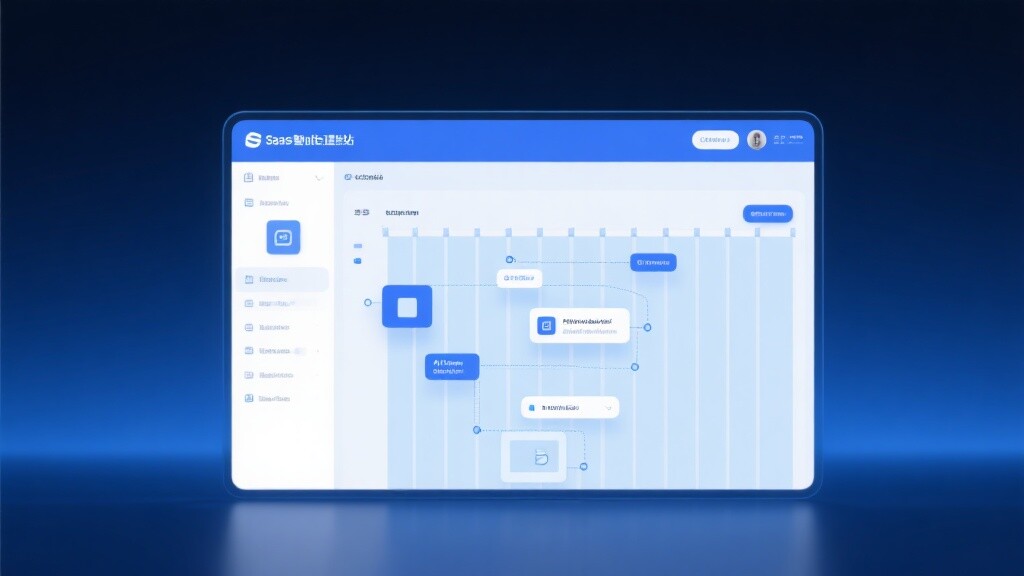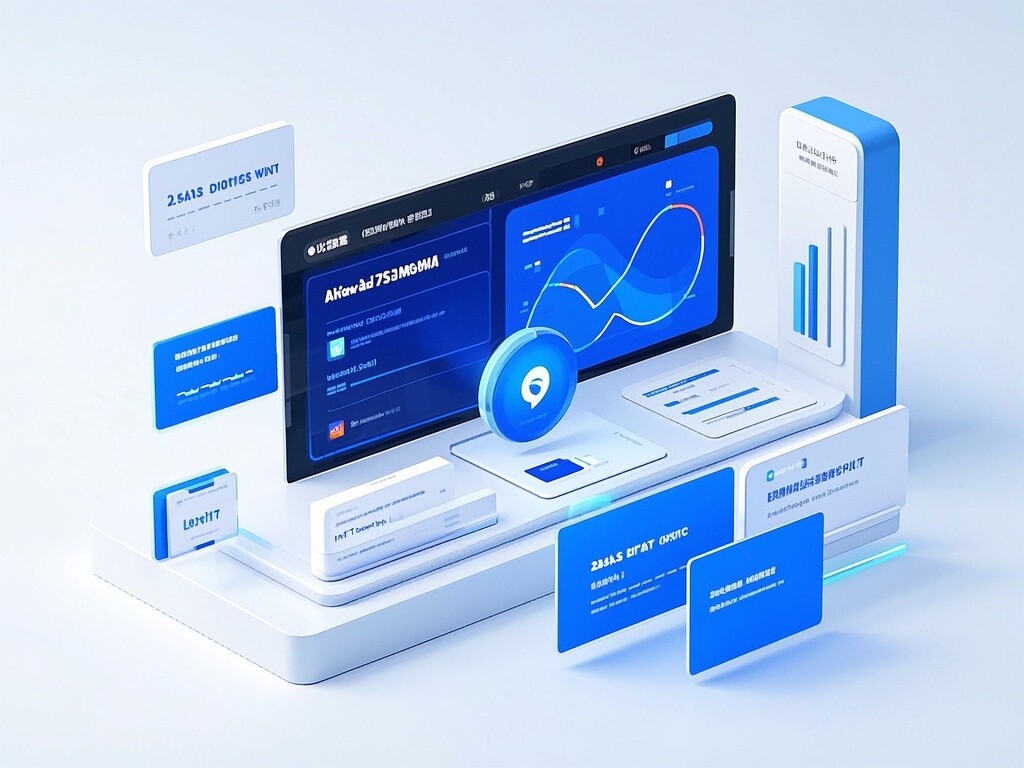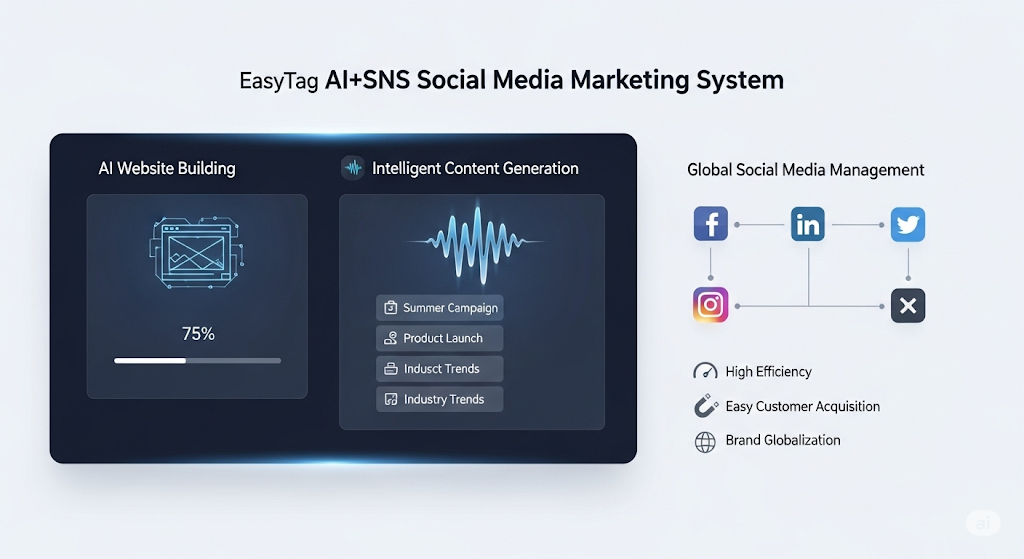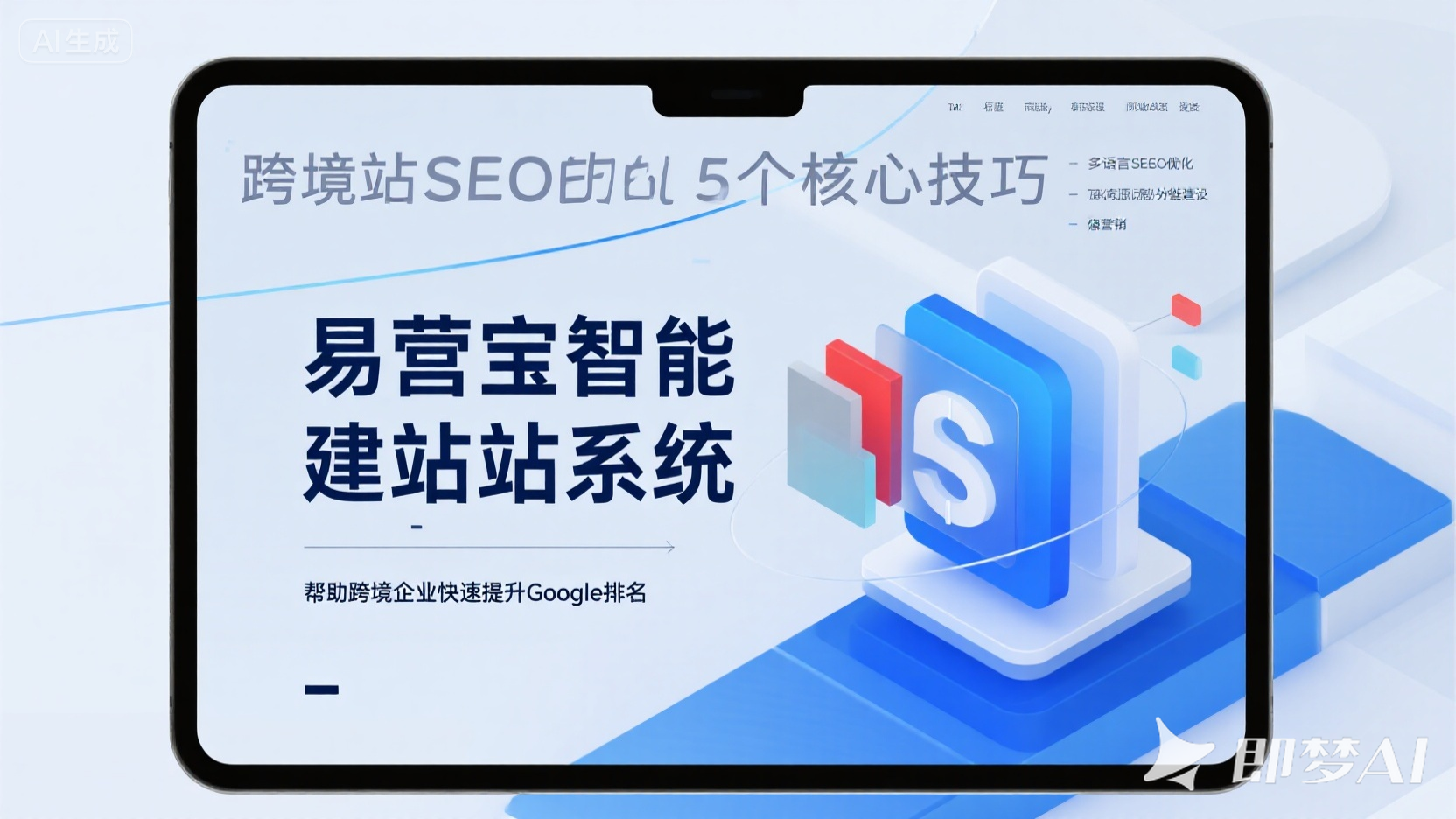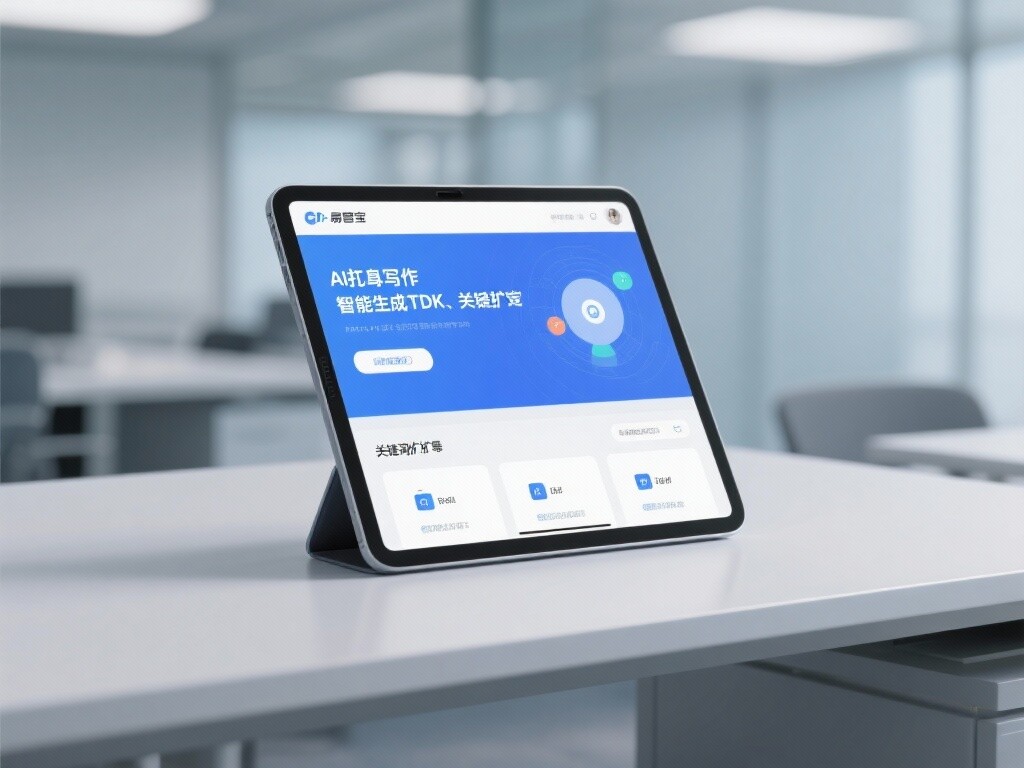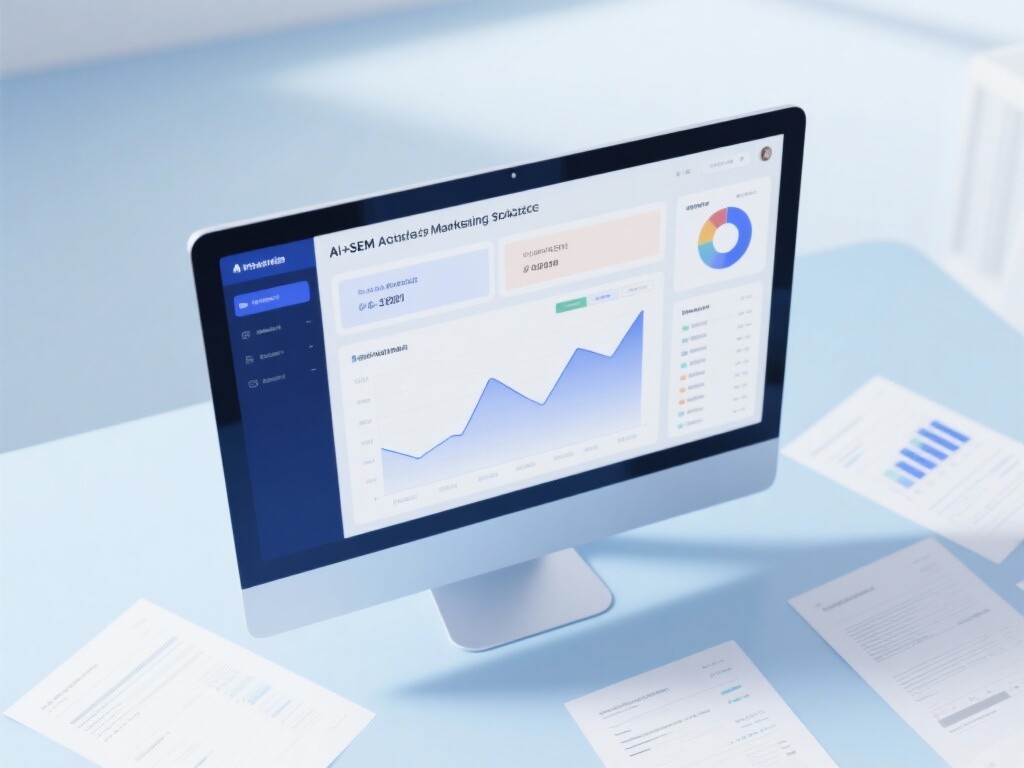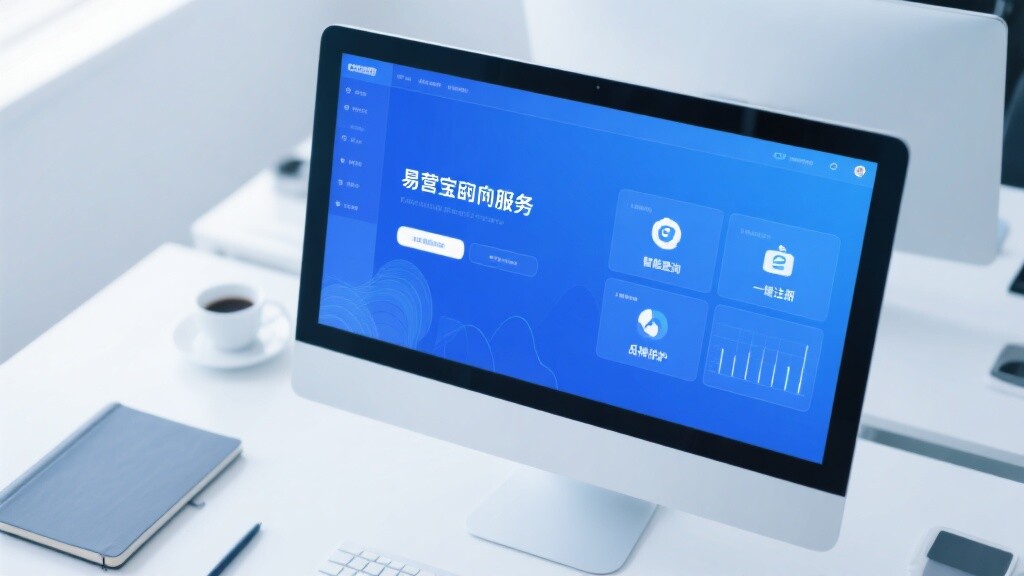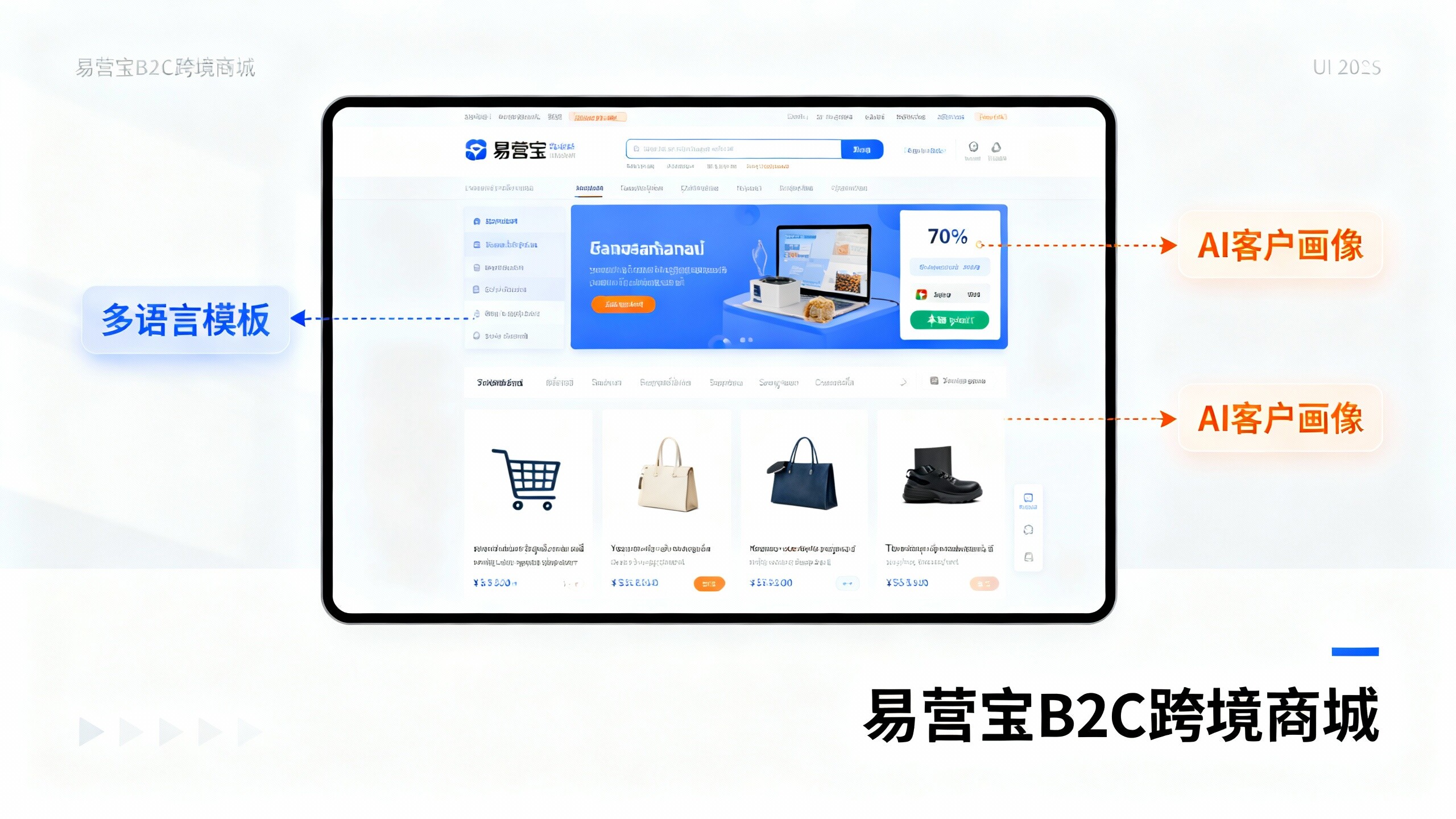Easy Operation Cloud Intelligent Website Marketing System Platform!
- Eyingbao Responsive Enterprise Website System: Deployment Cost vs Maintenance Labor Comparison Report2025-12-08View Details
- B2B Foreign Trade Marketing Website Construction: How to Improve Inquiry Conversion Rate with Website Design2025-12-08View Details
- 2025 Foreign Trade Independent Website Construction Solution: Cost, ROI, and Implementation Timeline Explained2025-12-08View Details
- Yandex Ad Campaign in Action: How to Get 100+ Targeted Inquiries with a $50 Budget?2025-12-08View Details
- Case Study: How to Achieve a 300% Increase in Overseas Orders in 3 Months with EasyStore's Smart Website Builder?2025-12-08View Details
- Eyingbao System Update: Added Support for 10 New Languages, Covering 95% of Global Markets2025-12-08View Details
- Brand promotion new approach: How can a multilingual website construction platform break through overseas markets?2025-12-08View Details
- Cross-border e-commerce website must-read: How to double ROI with Yandex advertising?2025-12-08View Details
Comprehensive Standalone Website Optimization Strategy: The Perfect Closed Loop from SEO to User Experience
Comprehensive Standalone Website Optimization Strategy: From SEO to User Experience Perfection
Under the latest Google SEO trends, how to create a high-converting foreign trade standalone website? This article reveals the complete workflow of standalone website promotion techniques and Google Ads optimization, from multilingual SEO to website acceleration. Addressing the pain points of foreign trade standalone website construction, it provides one-stop solutions from inquiry form conversion rate improvement to multilingual lead generation strategies, helping you build a perfect marketing loop.
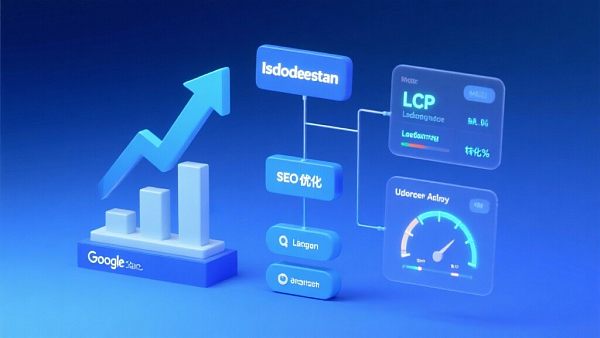
1. Analysis of Core SEO Trends for Standalone Websites in 2023
According to official Google data, websites using structured data markup see a 30% increase in search visibility. With AI algorithms fully penetrating search rankings, standalone website optimization shows three major trends: First is content depth alignment with EEAT (Experience, Expertise, Authoritativeness, Trustworthiness) standards, where professional fields like healthcare and finance require author credential proof; Second is increasing weight of mobile Core Web Vitals metrics, requiring LCP (Largest Contentful Paint) to be controlled within 2.5 seconds; Finally, cross-device user journey tracking becomes essential, requiring integration of GA4 and Search Console data to establish complete conversion path analysis.
2. Practical Methodology for Multilingual SEO
For language barriers in foreign trade standalone website construction, a three-tier optimization system is needed: Technical layer uses hreflang tags for regional targeting, ensuring German content is prioritized for German users; Content layer applies TF-IDF algorithm to analyze target market keyword characteristics, e.g., Spanish users prefer "comprar" over "buy"; Operational layer requires building a localized backlink matrix, obtaining high-authority .edu/.gov links through local media partnerships. A furniture brand using our Google Ads promotion service combined with multilingual SEO strategy achieved a 210% conversion rate increase in German markets.
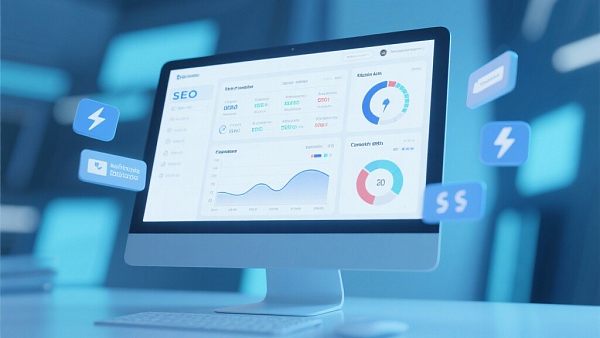
3. The Gold Standard for Website Performance and User Experience
The core of standalone website promotion techniques lies in balancing technical performance with business objectives. Deploying CDN nodes via AWS global accelerators can reduce latency for Asian users accessing US servers from 300ms to 80ms; Using WebP format instead of JPEG reduces image size by 65%; Implementing lazy load technology decreases first-screen resource requests. More crucially, establishing user behavior heatmap analysis revealed that simplifying inquiry form fields from 11 to 5 immediately increased conversion rates by 37%.
4. Synergistic Strategy of Google Ads Optimization and SEO
When SEO organic traffic combines effectively with paid ads, customer acquisition costs can decrease by 40%. Through intelligent bidding strategies, CPC costs for high-conversion keywords can be controlled below $0.3; Utilizing audience targeting to remarket to "users who visited pricing pages in past 30 days but didn't submit inquiries"; Combining AI creative generators to automatically produce 500+ ad variants for A/B testing. Our client data shows that after integrating SEO with ad campaigns, single conversion costs dropped 58% with ROI reaching 1:8.7.
5. The 7 Core Metrics Most Concerned by Technical Evaluation Teams
- Traffic Quality Score (TQS): Measures user dwell time and page visit depth
- Conversion Path Drop-off Rate: Tracks leakage points from product pages to shopping carts
- Multilingual Coverage Rate: Supported languages matching target markets
- Security Compliance Certifications: SSL encryption levels and GDPR/CCPA compliance
- API Response Speed: Millisecond-level delays when integrating with ERP/CRM systems
- Redundant Backup Mechanism: Database disaster recovery time objectives (RTO)
- SEO Health Score: Includes 82 detection indicators like dead link rate and duplicate meta tags
6. Why Choose Our Standalone Website Optimization Service?

As a Google Premier Partner and Meta official agent, we hold 15 AI marketing patents. Our proprietary intelligent keyword expansion system can generate thousands of long-tail keywords for standalone websites; Global CDN acceleration ensures access speeds <1.5 seconds in any region; Unique conversion leakage diagnosis models precisely identify loss points. A machinery equipment client using our Google Ads promotion+SEO combined solution achieved 320% organic search traffic growth within 6 months, reducing inquiry costs to $2.3 each.
7. FAQ: High-Frequency Questions About Standalone Website Optimization
Q: How to determine if a standalone website needs multilingual versions?
A: When non-target language traffic exceeds 15% in Google Analytics, or Search Console shows high-potential foreign keywords, developing that language site is recommended.
Q: How to avoid SEO traffic cliff during website revamps?
A: Implement 301 redirect mapping for old URLs, preserve original URL structures; Migrate content in batches while monitoring indexing status; Submit new version sitemaps immediately after revamp.
Q: SEO strategy differences between standalone websites and platform stores?
A: Standalone websites should focus on building branded search assets through content marketing for industry long-tail traffic; Platform stores should optimize product attribute tags to compete for precise category keyword rankings.
- free-standing station
- Multilingual SEO
- Independent site SEO
- Google Ads Optimization
- Independent site optimization
- Google SEO
- Foreign trade independent website
- Inquiry conversion rate improvement
- Construction of Independent Foreign Trade Websites
- Independent website construction
- Google Ads
- SEO
- Global CDN Acceleration
Related articles
 SEO Strategies for Multilingual Foreign Trade Website Construction: Domain Names, Hreflang, and Content Localization Best Practices
SEO Strategies for Multilingual Foreign Trade Website Construction: Domain Names, Hreflang, and Content Localization Best Practices How to choose a multilingual website system to increase overseas traffic? Compare 7 key metrics
How to choose a multilingual website system to increase overseas traffic? Compare 7 key metrics Guide to Choosing the Right SaaS for Foreign Trade Independent Websites: 5 Key Parameters for Success
Guide to Choosing the Right SaaS for Foreign Trade Independent Websites: 5 Key Parameters for Success
Related products





